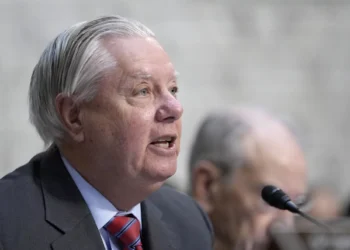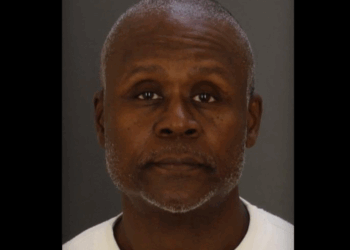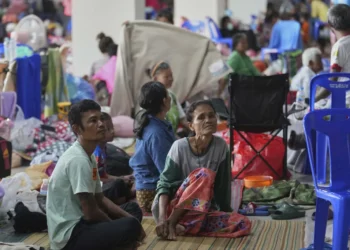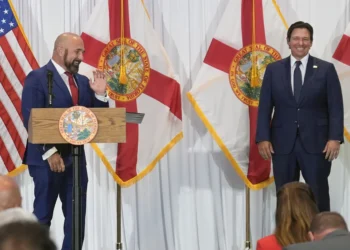It’s hard to explain to a non-teacher exactly what an educator experiences and works through during any given school day. Teaching is simultaneously the most rewarding and the most devastating of professions. As a former teacher, I remember one year when I had a student who was regularly defiant, disruptive, impulsive, and on some days a danger to his classmates. At one point I even had to prevent violence with an accessory aimed at a classmate; after being foiled, the unruly student deliberately whacked me with his arm. In spite of the constant interruptions from this student’s constant poor behavior, my class still managed to learn.
As a private school teacher, these experiences were admittedly an anomaly. But such behavioral chaos is less rare for a public school teacher.
Imagine, if you will, an elementary school teacher who has 30 students in a classroom. Her class is pretty average, except for the one or two students whose behavior is out of control. Chairs getting thrown around is a daily occurrence, and being assaulted or cursed out is also not out of the ordinary. What is the public school’s solution? It’s to briefly pull that student out, have him (or her) talk to the school psychologist, and then return the student to the classroom, where their reign of terror continues.
This is the legacy of the Barack Obama administration, which started an abusive and ineffective classroom practice called restorative justice. Restorative justice isn’t always a terrible idea, particularly if the administrator or school counselor is well trained and has a moral compass that’s not warped by wokeness. However, for kids who are hardened and whose behavior is borderline sociopathic, the victims of their misbehavior are the ones who suffer. Obama also “encouraged districts to emphasize ‘positive interventions over student removal’ in a 2014 guidance letter warning of racial disparities in traditional discipline,” according to the Wall Street Journal editorial board. In other words, if one race of kids acts out more than another, addressing the misbehavior is racist, according to Team Obama.
States and their beleaguered teachers and principals are pushing back against these practices because the stakes are getting too high. In Texas, “student violence has been increasingly aimed at teachers,” according to the Texas Tribune’s Sneha Dey. “More than 3,300 Texas district employees were the target of a student assault in the 2023-24 school year, about a 15% increase from the year before. In one of the most severe incidents, an assistant principal in the Corsicana school district was permanently blinded after an assault.”
Sneha adds that Texas lawmakers are taking action and have put forward a bill, House Bill 6, that “would allow schools to place students in in-school suspensions for longer periods of time.” Furthermore:
The proposal would also allow schools to use out-of-school suspensions — which remove children from school grounds — for any student who has repeatedly disrupted their class or endangered other kids’ safety. That would reverse state laws from 2017 and 2019 that limited when and how the state’s youngest students can be disciplined. HB 6 also proposes how to discipline students who assault teachers. Any student who does so would be taken out of the classroom for at least 30 days and placed in an alternative education setting, a strict environment that often leans on computer-based work and is in a different building.“
Texas isn’t the only state that is taking action to reclaim discipline in its schools and help rehabilitate the learning environment. Washington, Louisiana, Nevada, North Carolina, and West Virginia are all taking steps to empower teachers and administrators.
Many of the articles that discussed this bad student behavior blamed the COVID pandemic. The pandemic lockdowns indeed did cause significant damage to young students’ social etiquette and worsened their dependence on screens. However, poor child behavior can be laid directly at their own parents’ feet.
What’s made the problem worse over the years is this trend of coddling aggressive and poorly behaved students — and that long predates the pandemic. The problem is lack of parenting and bad social environments. Teachers are reaping the consequences while trying to repair the damage by relying on the school counselor’s kumbaya sessions.
This reinstating of school discipline is a good start. Classrooms will become safer with the dangerous kids suspended or expelled. However, until parents address their children’s poor behavior, these unmanageable kids are going to miss out on the opportunities for education and a better life.















